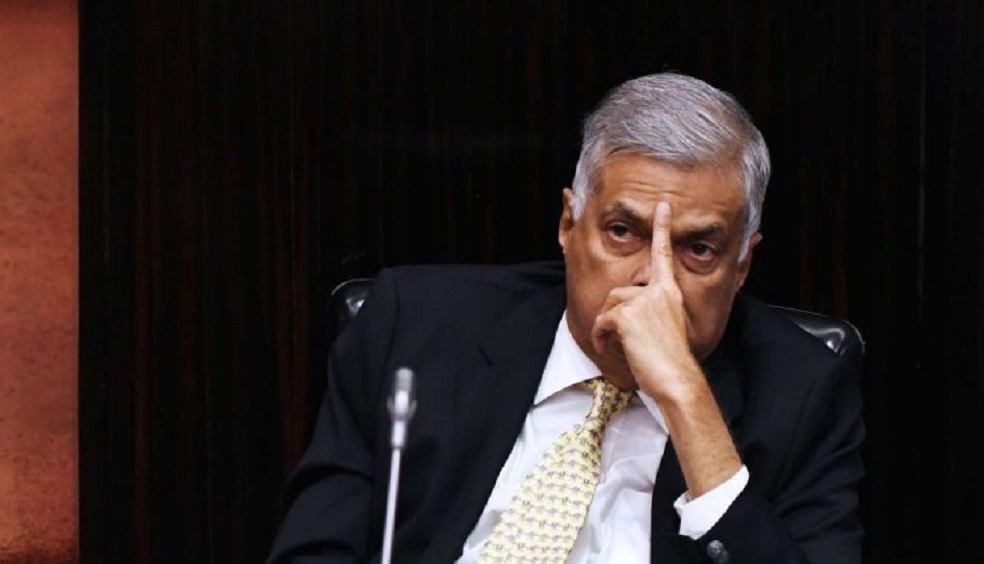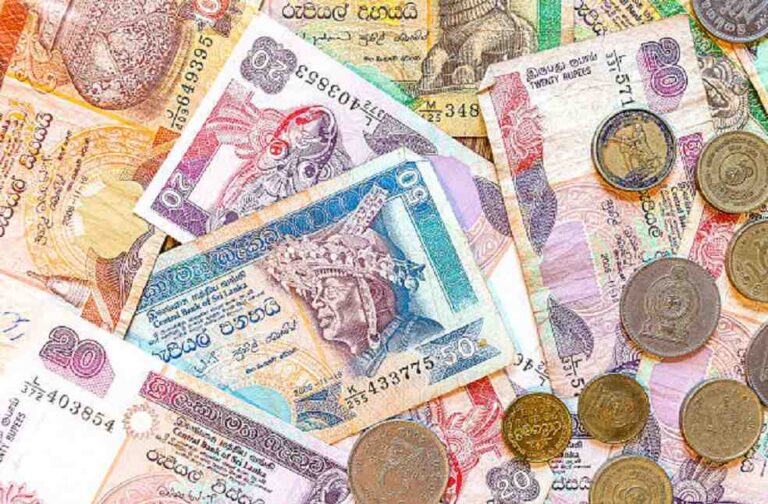Experiencing its harshest economic crisis yet, Sri Lanka’s financial predicament sends ripples across the globe. This week saw the island nation declare a five-day halt to its financial markets as it takes on the herculean task of restructuring its towering domestic debt, a colossal sum exceeding $51 billion. This bold step emerges from the ashes of the country’s default on its foreign debt and ensuing bankruptcy declaration in the past year.
Nandalal Weerasinghe, Central Bank governor, described the short-term market shutdown as a strategic move, aimed at mitigating turbulence while parliament discusses debt restructuring plans. “Markets should not function when sensitive debt restructuring is discussed,” he claimed, with a plan to wrap up the restructuring process during this market halt.
The restructuring aims at government bonds, falling under the agreement of an International Monetary Fund (IMF) bailout sanctioned in March. The government has made strides to reassure citizens that their deposits will stand untouched, but it is unavoidable that the restructuring will influence treasury bills and bonds that commercial banks and pension funds possess.

Sri Lanka’s current predicament links directly to its ongoing dialogue with foreign creditors about restructuring external debt, a prerequisite for the $2.9 billion IMF rescue package over four years. Drawn-out negotiations expose the intricate connections within the global financial ecosystem, with major stakeholders like China, Sri Lanka’s main bilateral creditor, playing a considerable part in prospective outcomes.
China accounts for 52 percent of Sri Lanka’s $14 billion foreign credit, initially turning a deaf ear to calls for debt restructuring, proposing instead extra loans to settle old debts. This scenario highlights the tangled mesh of international economic relations and the worldwide echoes of a national crisis.
The IMF sets forth that Sri Lanka needs to cut down its domestic and foreign debt servicing by more than half to bounce back from this dire economic situation, which previously instigated an extreme scarcity of necessities like food, fuel, and medicine. This led to mass protests and a political earthquake resulting in President Gotabaya Rajapaksa’s ousting.

Prime Minister Ranil Wickremesinghe, Rajapaksa’s successor, has taken steps to bring the economy back to its feet, which involve raising prices, eliminating subsidies, and doubling taxes. The IMF pointed out recently that Sri Lanka’s economy is displaying “tentative signs of improvement”, yet it accentuates that the path to recovery will demand severe and frequently unfavorable economic reforms.
Sri Lanka’s current scenario doesn’t merely serve as a challenge for its government and people but also stands as a global red flag about the perils of unmanageable debt and the potential cascade effect it can activate. As its outcome holds implications for foreign creditors, commercial banks, pension funds, and possibly the global financial markets, the world holds its breath and observes as this fiscal saga unravels.
BANKING & FINANCE: Unleashing CBDCs: A Paradigm Shift in Global Payments?



